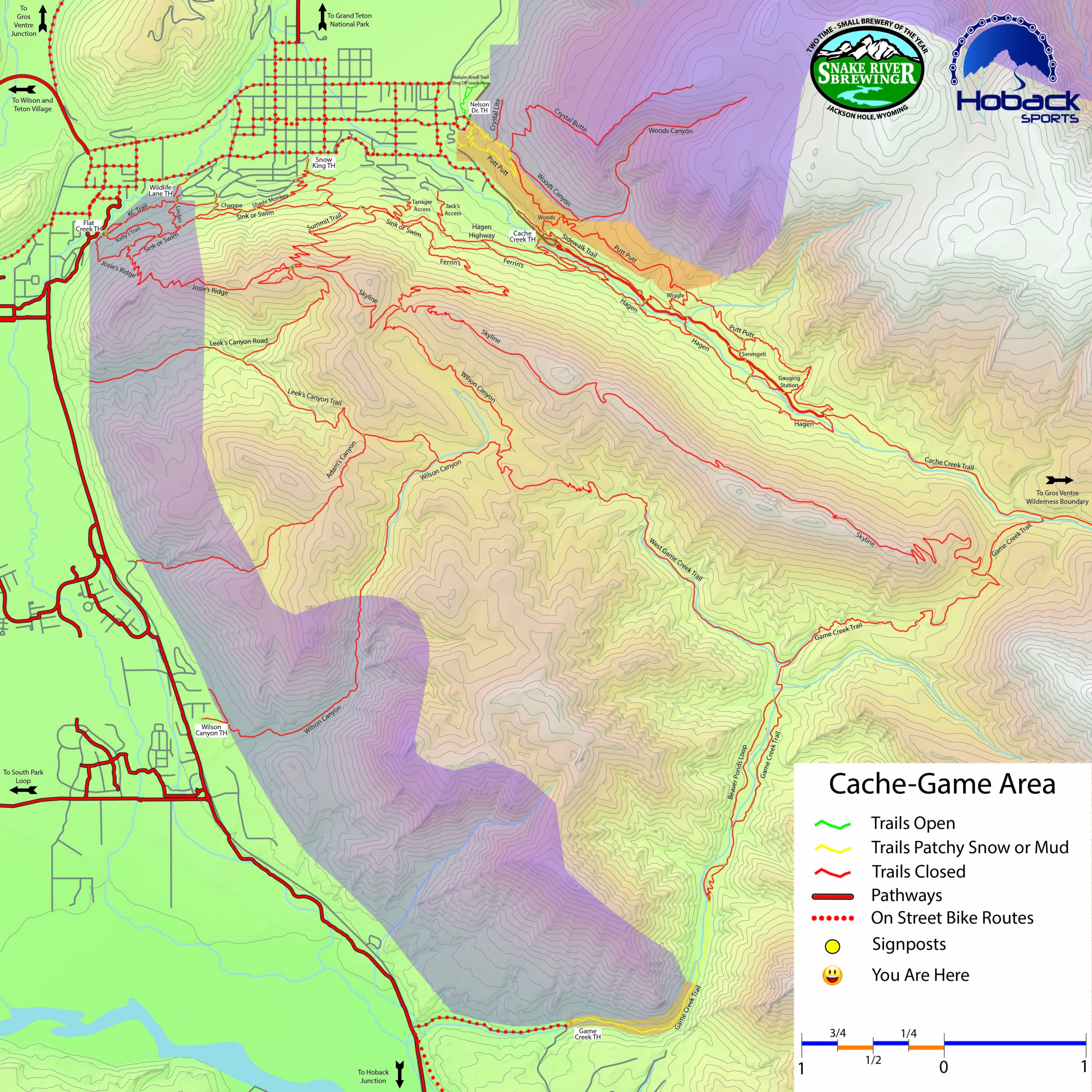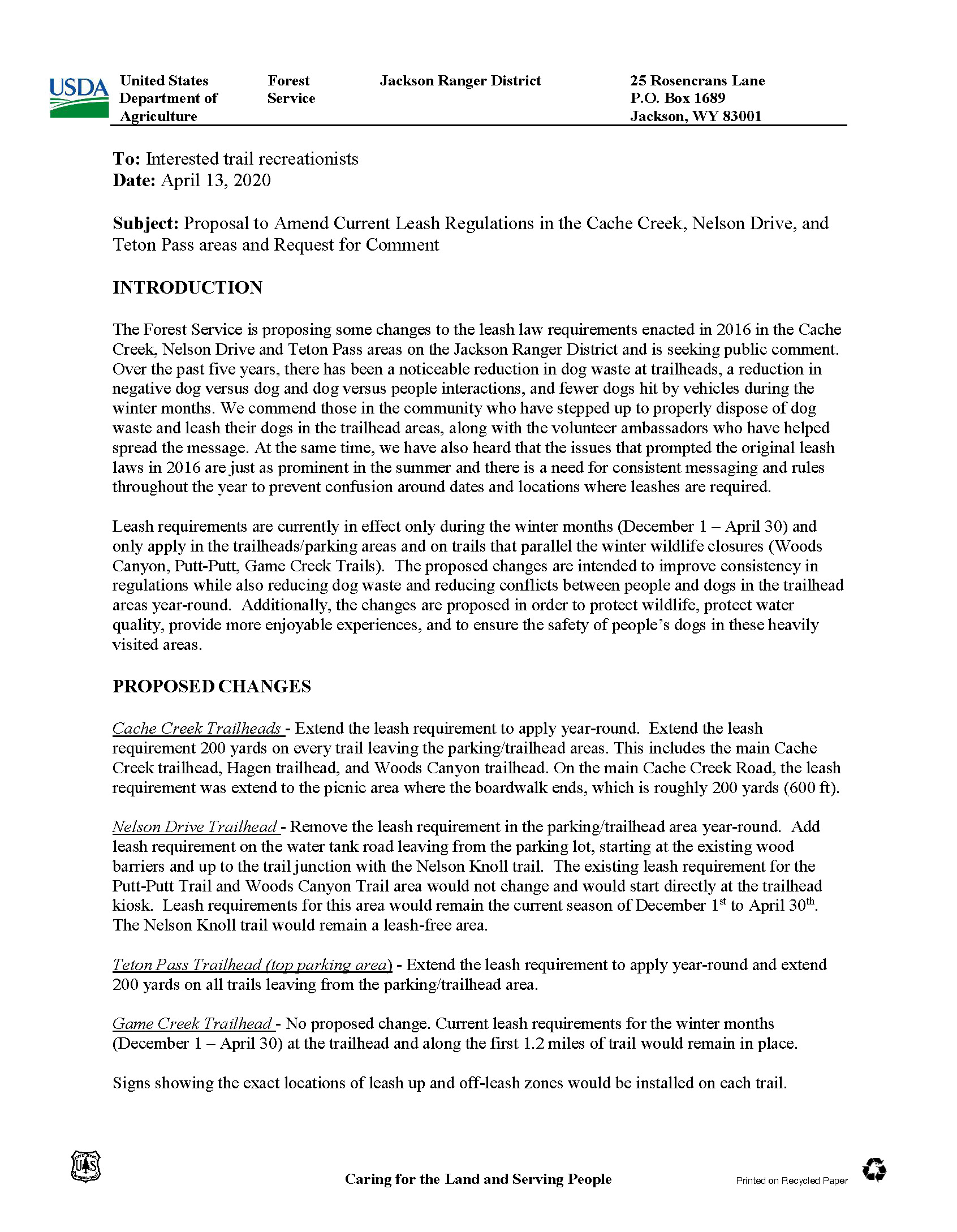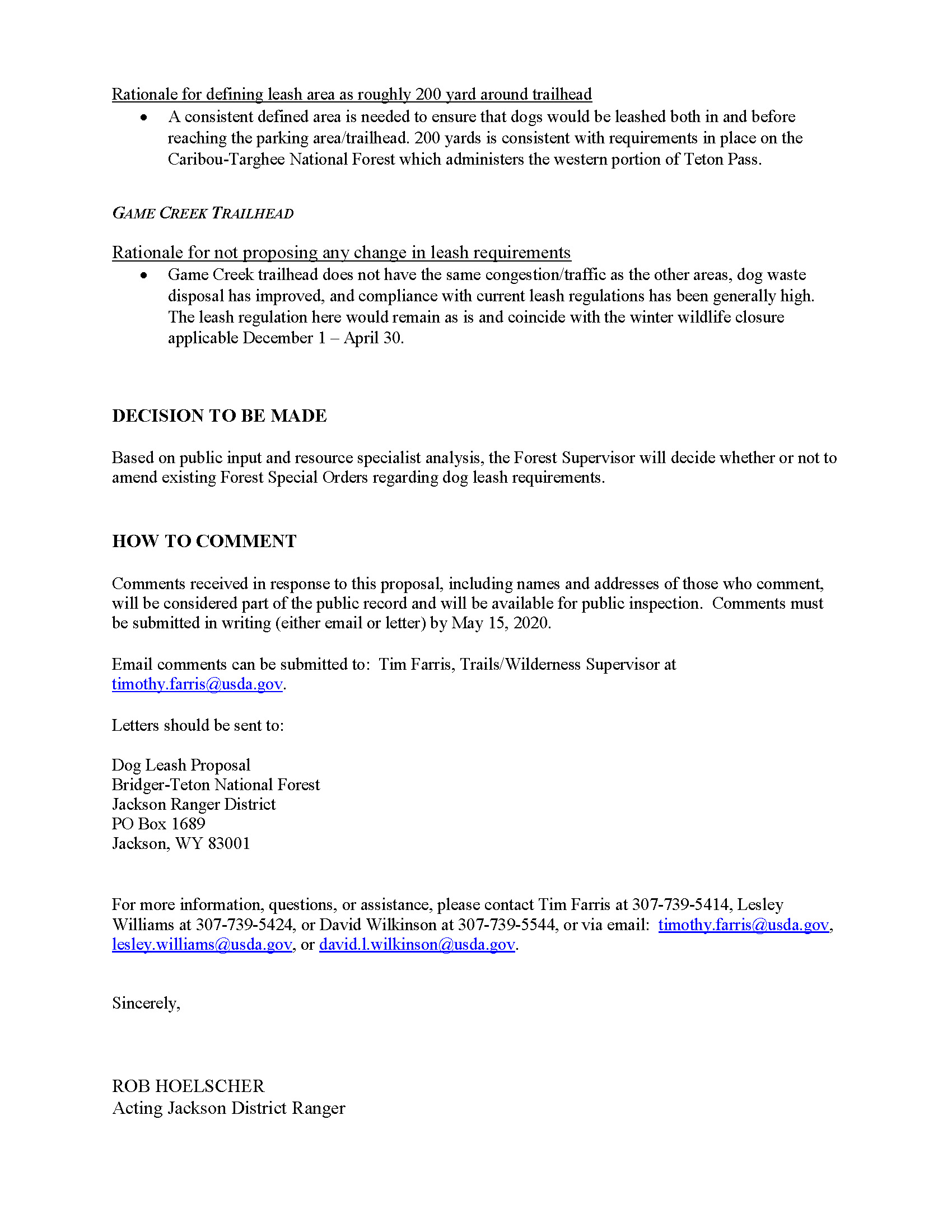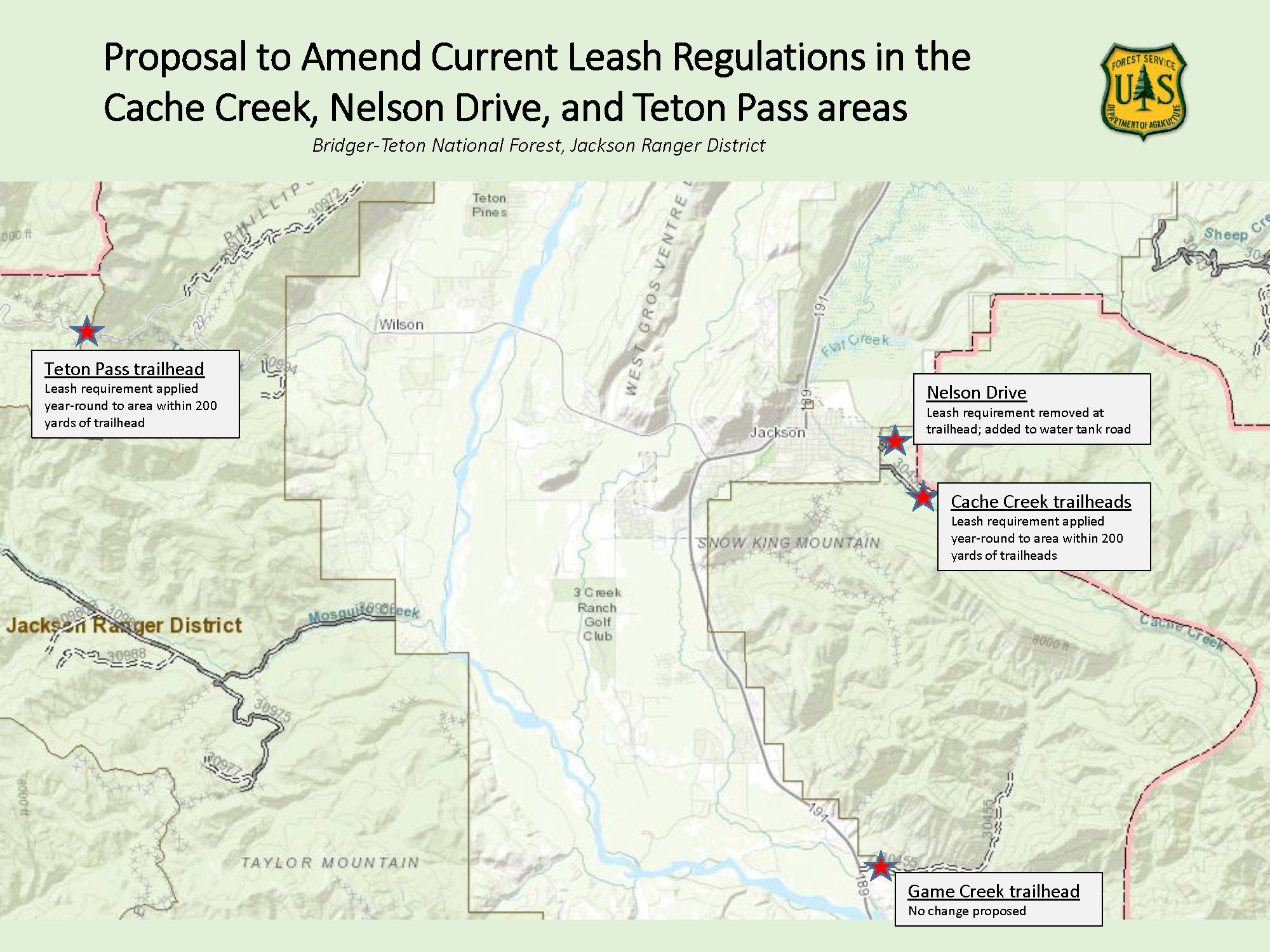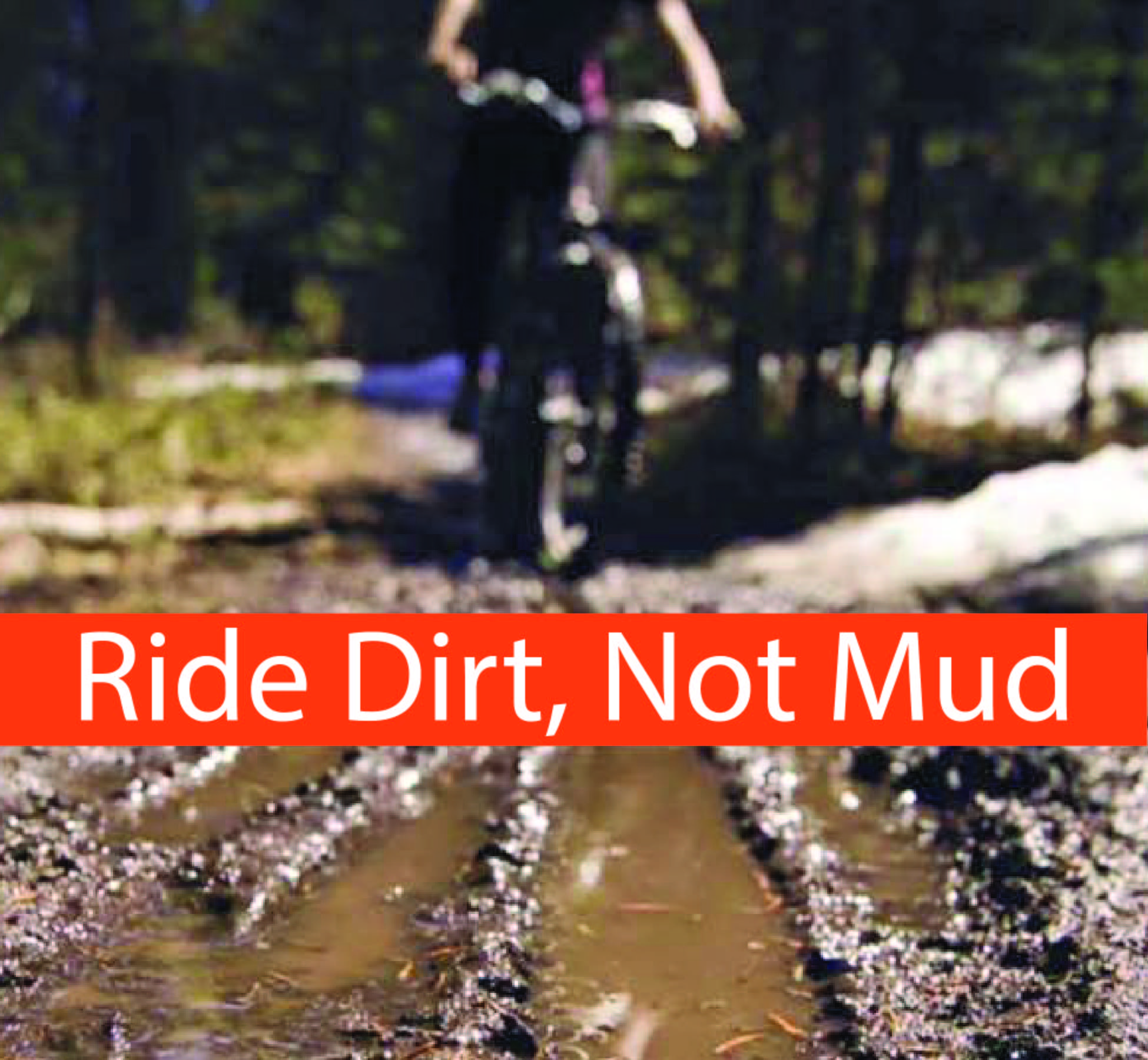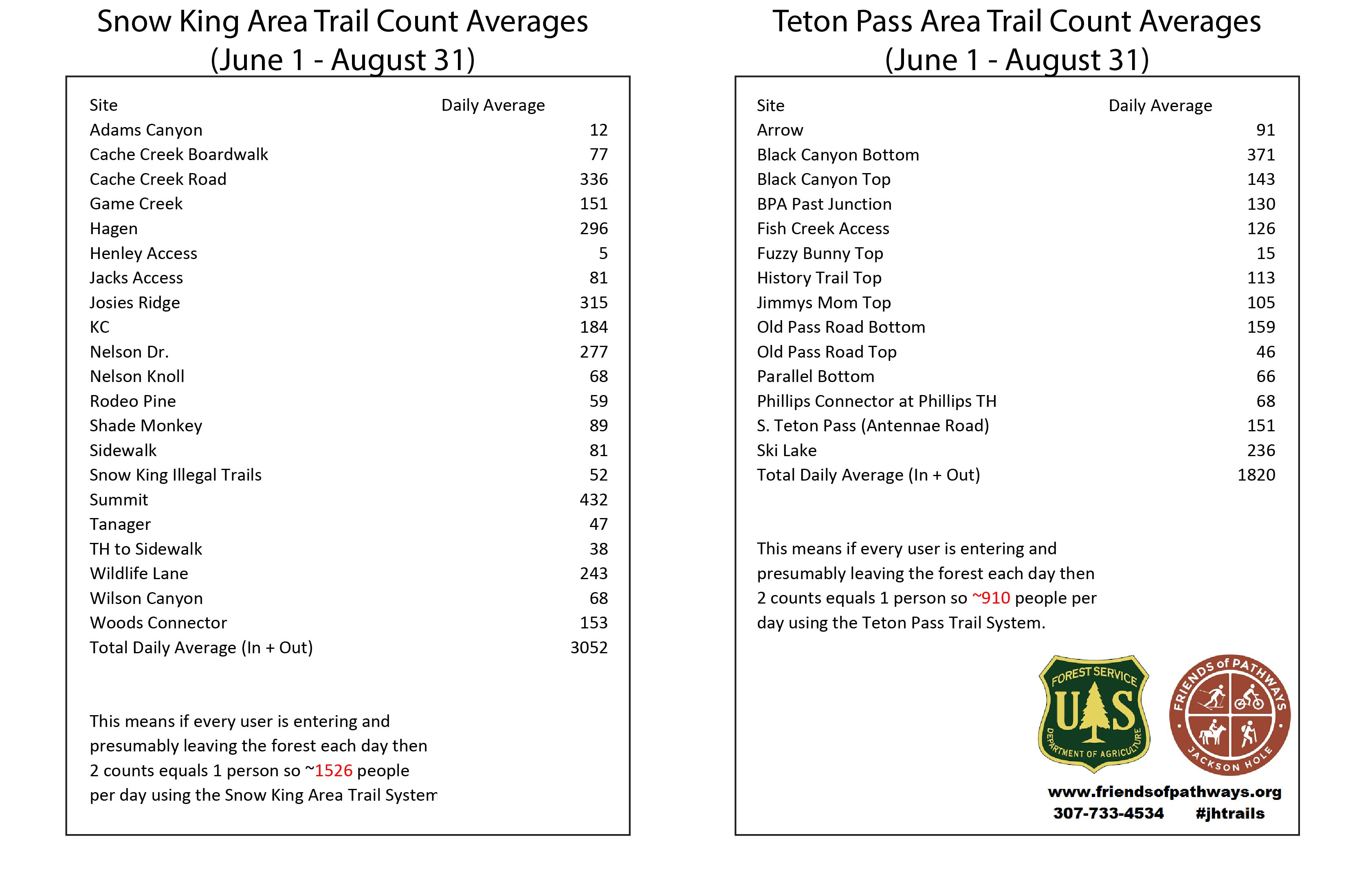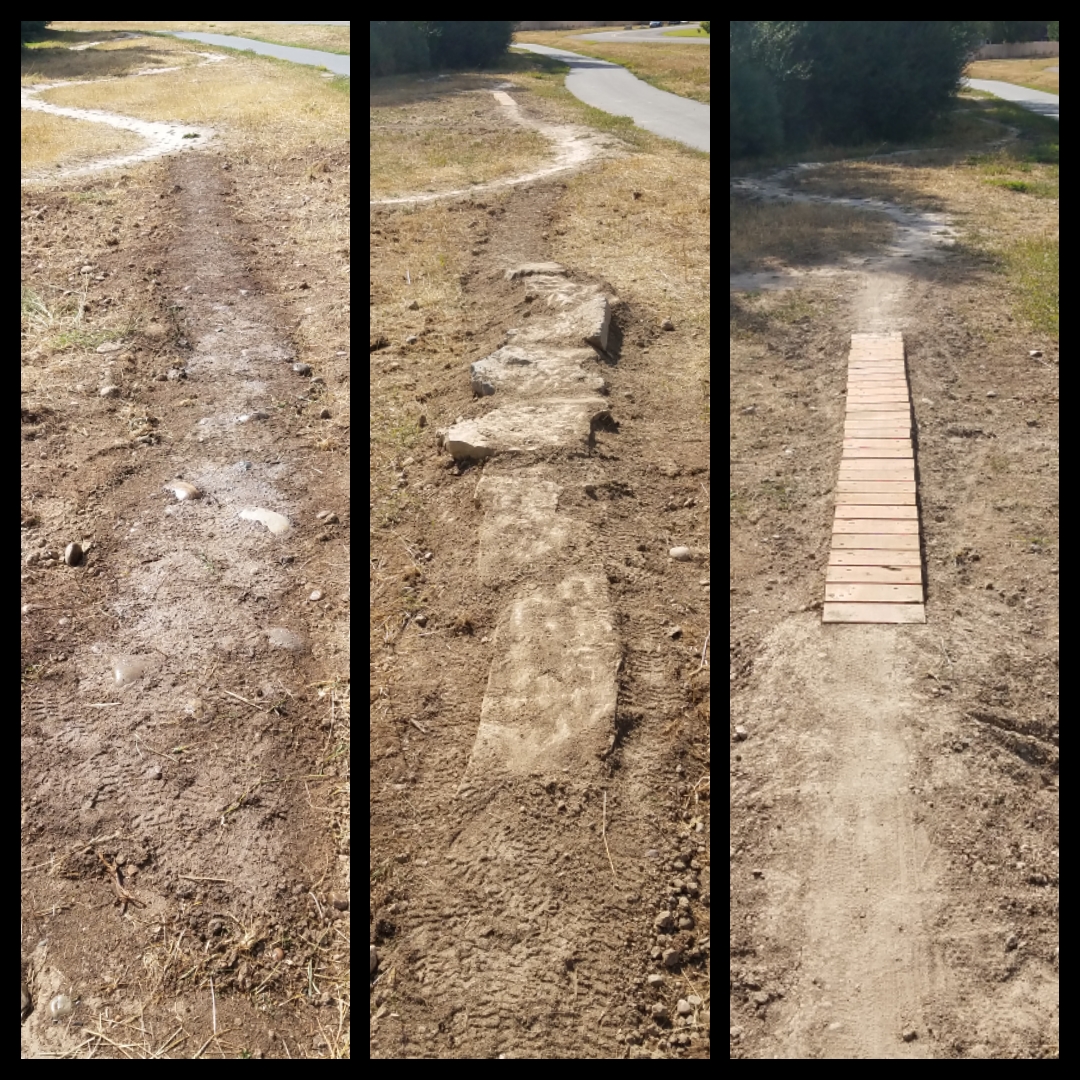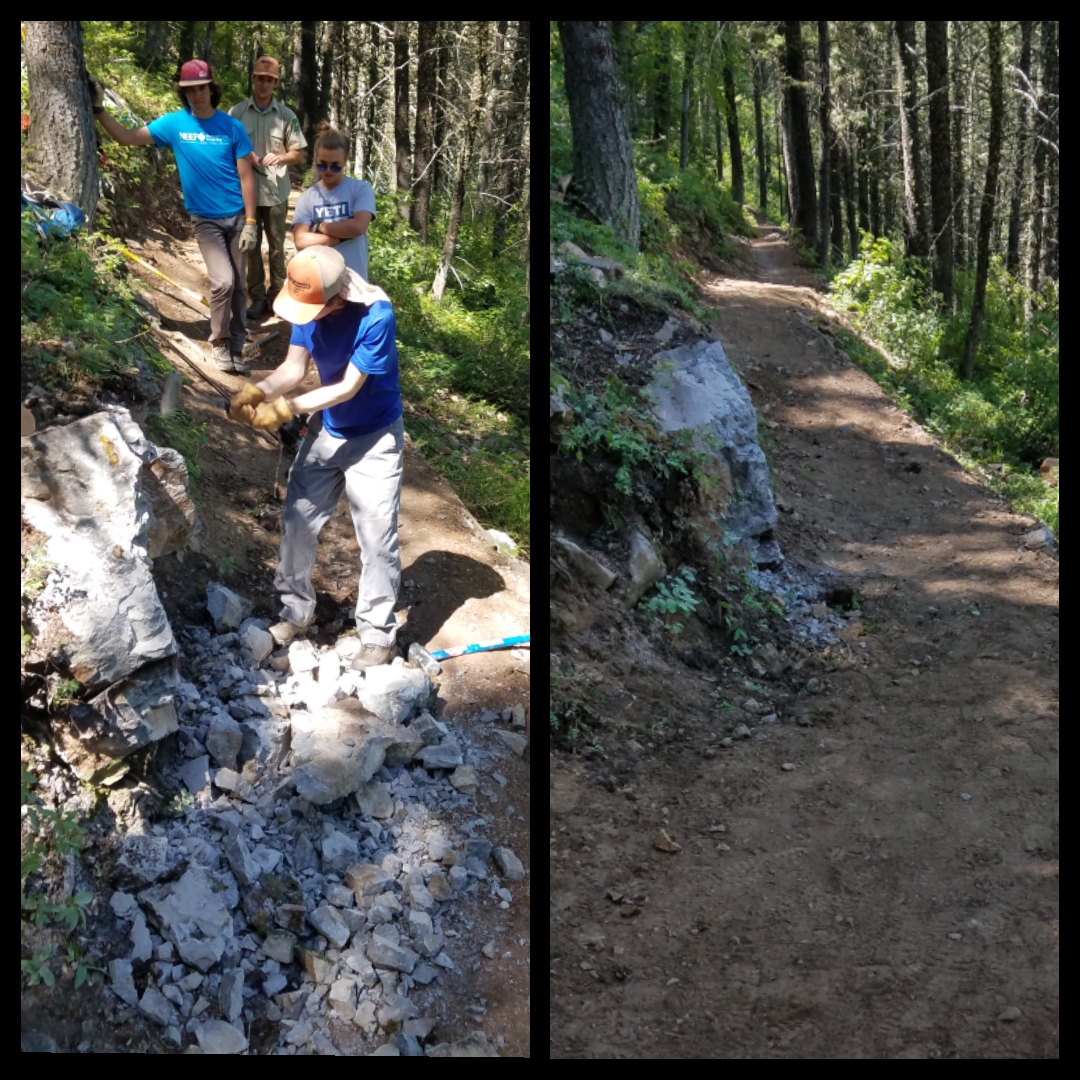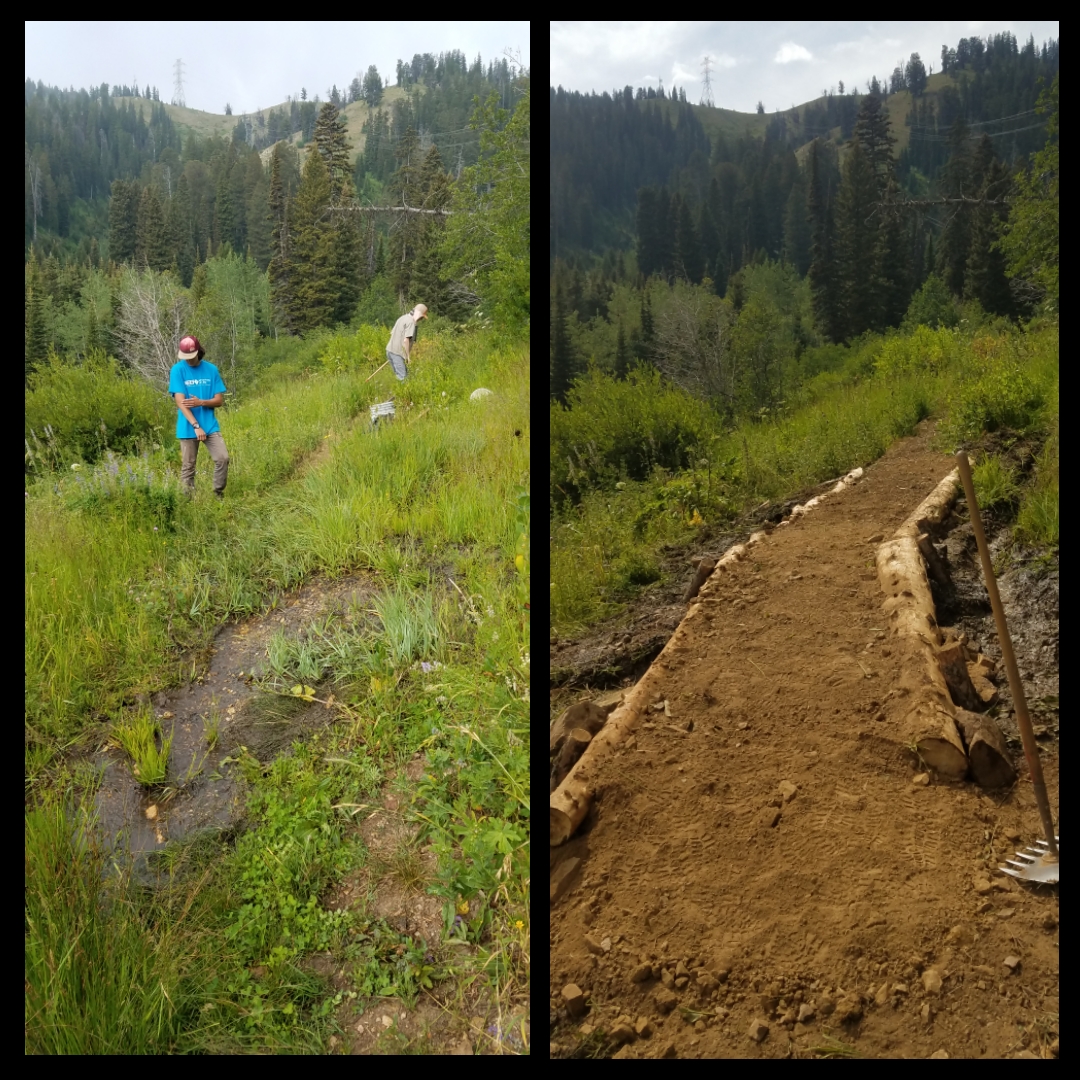While the valley and the pathways are nice right now the trails are in mud season. With the warm temps all next week it is a good idea to avoid the mishmash of wet snow and mud. I would recommend any of the pathways or if you are really craving singletrack you may be able to use the Hagen trails early in the mornings if the temps are cold overnight. Otherwise the only dry dirt is on the Nelson Knoll loop, the Blair Dr. Bike Park, and the singletrack along the S.89 pathway. Hopefully by next weekend when the winter wildlife closures lift on May 1st there will be some more dry trails to get out and explore. Until then remember to spread out and give people 6 feet when passing and keep yourselves healthy!
Join Friends of Pathways at Hand Fire Pizza on Tuesday, April 30, 2024, for an exclusive premiere of IN THE DIRT, a documentary film about a group of passionate Native American cyclists who attempt to bring the sport of mountain biking to the Navajo Nation, where no bike shops exist. The film highlights the transformational power associated with mountain biking.
Movie tickets are $20, which includes an all-you-can-eat PIZZA BUFFET!
Cash bar.
5:30pm – Doors open to pizza buffet
6:30pm – Welcome and meet Scott Nydam and Shaun Price from the film
7:00pm- Watch In The Dirt
7:45pm – Q and A with Scott Nydam and Shaun Price from the film
Tickets are limited, and this event will likely sell out!
BUY TICKETS IN ADVANCE AT THE LINK IN OUR BIO!

Great news: @tetoncounty and the @townofjacksonwy were recently awarded $600,000 from the Federal Safe Streets and Roads for All (SS4A) program to develop a Comprehensive Safety Action Plan. This plan will prioritize projects and policies to improve safety and mobility for all users of the region’s transportation system. The aim: To prevent roadway deaths and serious injuries. This plan will guide the future development of the pathway and active transportation networks across our community.
Learn more and TAKE THE SURVEY at the link 🔗 in our bio!
Then attend the open house on Tuesday, May 7 from 3-8 p.m. at the Presbyterian Church located at 1251 South Park Loop Road in Jackson.

Modernizing Mobility for West Jackson is a @tetoncounty and @townofjacksonwy project that aims to create a forward-thinking plan that addresses bicycle and pedestrian improvements; upgrades to roads, sidewalks, and intersections; and outlines conceptual layouts for future connectivity in the study area of South Park Loop Road, High School Road, Middle School Road, and Northern South Park.
Learn more and participate in the virtual workshop at the link in our bio!
Then come to the open house on Tuesday, May 7, from 3-8 pm at the Presbyterian Church located at 1251 South Park Loop Road in Jackson.

Join us Tuesday, April 30, at 5:30 p.m at Hand Fire Pizza for an exclusive premiere of IN THE DIRT, a documentary film about a group of passionate Native American cyclists who attempt to bring the sport of mountain biking to the Navajo Nation, where no bike shops exist.
Movie tickets are $20, which includes an all-you-can-eat PIZZA BUFFET!
Watch the trailer and grab tickets while you can at the link in our bio or at friendsofpathways.org/inthedirt
Learn more about the film by following the cast on instagram:
Silver Stallion Bicycles and Coffee @silverstallionbicyclecoffee
Scott Nydam @scottnydam
Vincent Salabye @Vsalabye
Franklin Cook @milenko_79
Kaiden Yazzie @kaiden_yazzie_
Dominique Clichee dominiqueclichee
Terence Yazzie tyz.ig
Rezduro @rezduro
T.C. Johnstone @tcjohnstone
MT Garcia @dziltah_haseyah

Historic snow storms don’t stop Chris from grooming Cache Creek! Enjoy the freshly groomed single track and the sunshine! It’s beautiful, man. ❄️🚲

Save the date! Saturday, Feb. 24, 2024 is Winter Trails Day! Free backcountry demos on Teton Pass! Free Nordic and fat bike demos in Cache Creek! More info at the link in our bio. ❤️❄️🎿🏂🚲

It’s dumping and that means we’re grooming 12+ miles of singletrack in Cache Creek. If you enjoy using these trails for winter running, biking, dog walking, or just a simple stroll, please support our efforts by contributing to our GoFundMe campaign. Link in bio! ✌️❤️❄️🚲🎿🏃♀️🐶
Many thanks to everyone who has contributed so far and to @thehub_jh for being the first to support with a $500 donation. Thank you!!

Low snow year so far? Don`t just sit around - get on your fat bike and ride! The Cache Creek trails are buff - we`ve been grooming since Dec. 1. If you enjoy them, please give to FOP`s Winter Grooming Campaign. We can`t do it without your help! Link in bio!
Many thanks to @thehub_jh for kicking off this campaign with a generous donation of $500!

GOOD NEWS! Winter is finally here (albeit in fits and starts!) and Friends of Pathways is grooming 12+ miles of winter singletrack in the Cache Creek area - the only free winter singletrack in Jackson Hole.
If you enjoy using these trails, please give to FOP’s Winter Grooming Campaign. We can’t do it without your help!
Thanks to @thehub_jh for supporting this campaign with the first $500 donation!
Link in bio!

Don’t put away your bike just yet!
The first phase of the Wilson to Stilson Pathway and Wilson School Underpass will be open beginning tomorrow Saturday, November 4, 2023.
Phase 1 of the Wilson to Stilson Pathway begins at the Stilson Transit Center and ends at the Teton Raptor Center. The pathway includes the Wilson School Underpass. Phase 2, which consists of the Fish Creek Pathway Bridge over the creek, is expected to be completed in early June 2024.
“We are thrilled to open the completed Wilson to Stilson pathway, a Teton BUILD Grant project, and the Wilson School Underpass,” says Teton County Public Works Director Heather Overholser. “These projects are the result of years of work by many community members and partners across the county, who acknowledge the importance our pathway system plays in our transportation goals.”
“Pathways play a key role in how we safely and efficiently move around our neighborhoods and valley,” says Pathways and Trails Coordinator Brian Schilling. “Families and individuals on the south side of Highway 22 have been championing this critical connection for years. We look forward to seeing people of all ages enjoying the pathway this weekend as they move around Wilson and the greater pathway system.”
✌️ ❤️ 🚲

Friends of Pathways
Friends of Pathways supports a vibrant community by promoting sustainable transportation and healthy recreation in Jackson Hole.
PO Box 2062
610 W Broadway Avenue, Suite 204
Jackson, WY 83001
307.733.4534
info@friendsofpathways.org
© Copyright Friends of Pathways 2018-2022 | All Rights Reserved

